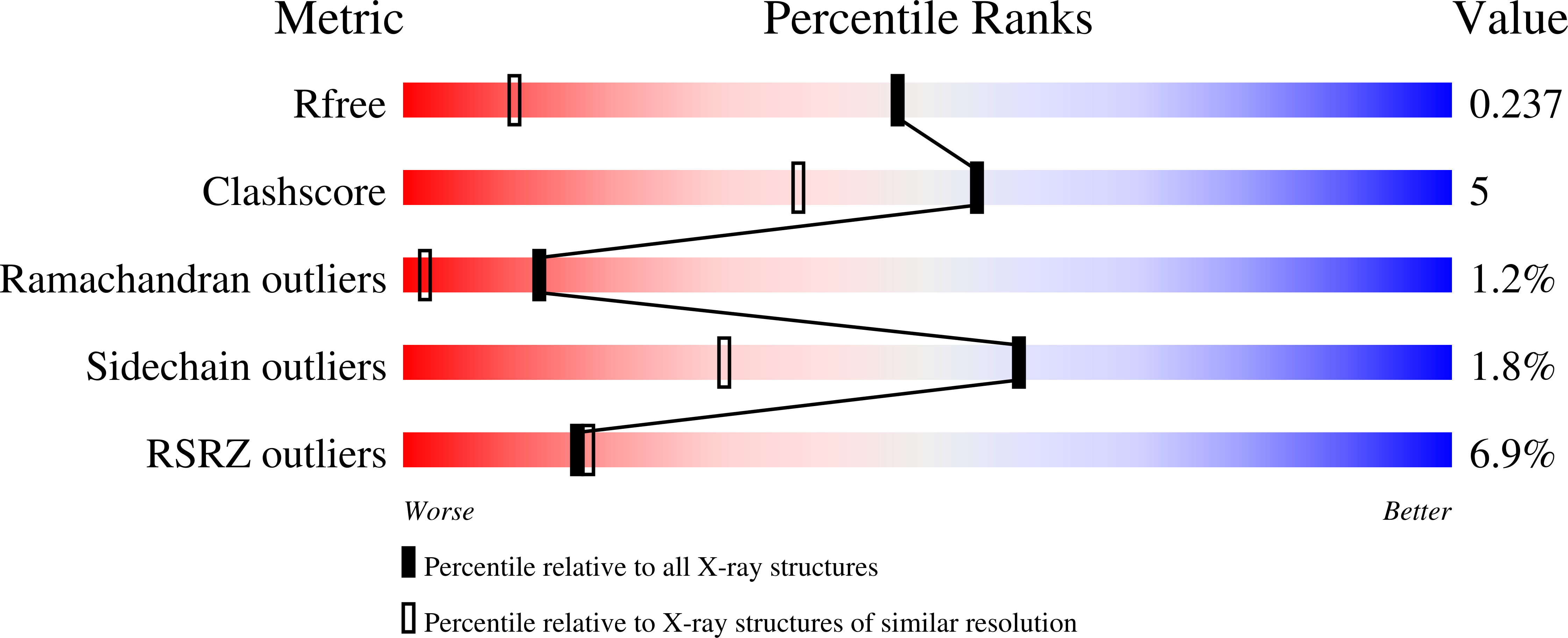
Deposition Date
1999-06-07
Release Date
1999-06-14
Last Version Date
2024-10-30
Entry Detail
PDB ID:
1QQQ
Keywords:
Title:
CRYSTAL STRUCTURE ANALYSIS OF SER254 MUTANT OF ESCHERICHIA COLI THYMIDYLATE SYNTHASE
Biological Source:
Source Organism:
Escherichia coli (Taxon ID: 562)
Host Organism:
Method Details:
Experimental Method:
Resolution:
1.50 Å
R-Value Free:
0.23
R-Value Work:
0.22
R-Value Observed:
0.22
Space Group:
I 21 3


